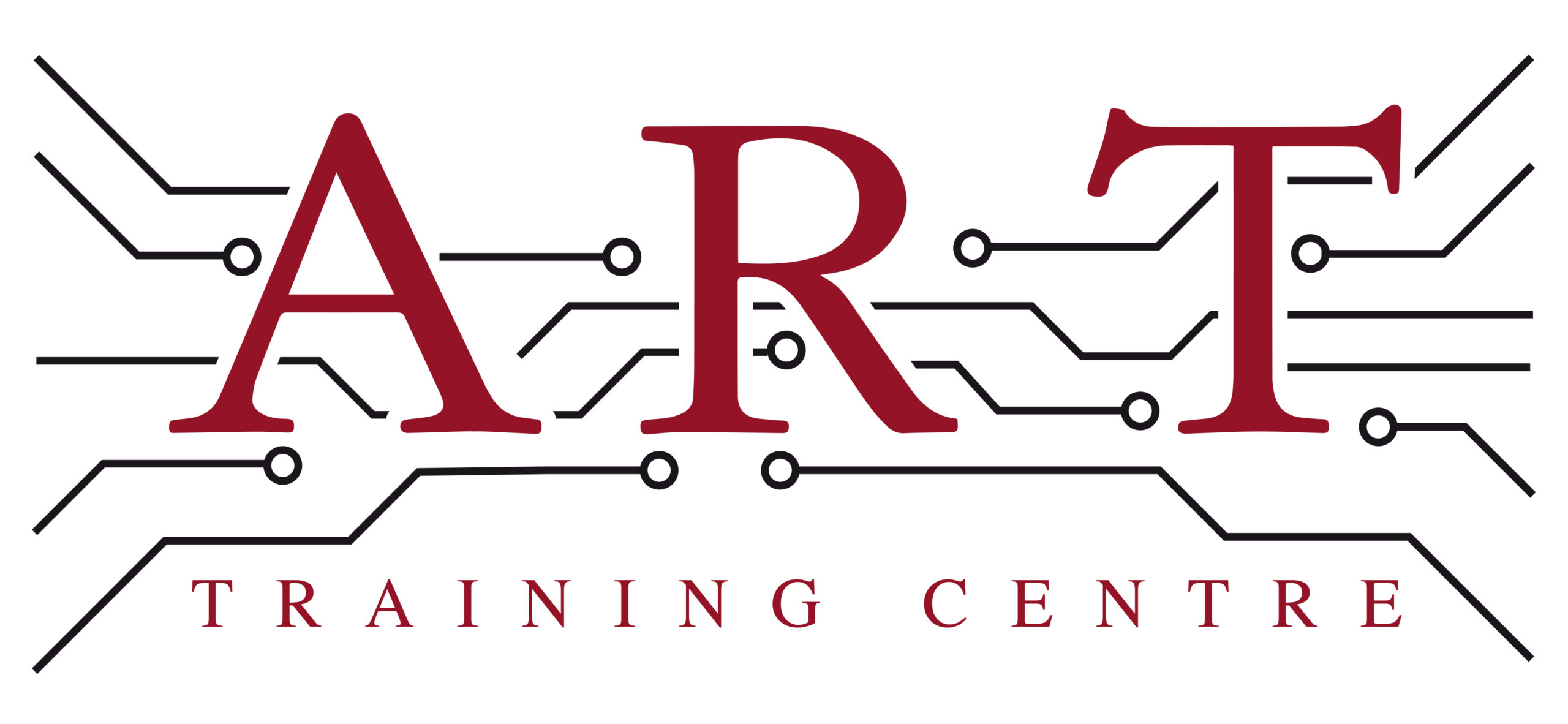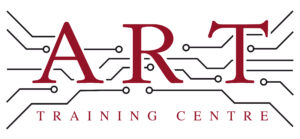Definition
SOIC (Small Outline Integrated Circuit) is a type of surface mount package used in electronics manufacturing. It features a rectangular shape with leads on two opposite sides, making it suitable for automated assembly on printed circuit boards (PCBs). SOICs are commonly used for various integrated circuits due to their compact size and efficiency, allowing for higher component density on PCBs.
How It’s Used in the Industry
In electronics assembly, SOICs are placed on PCBs using automated pick-and-place machines. These machines accurately position the SOICs onto the solder paste applied to the PCB. Following placement, the boards undergo reflow soldering, where heat melts the solder, securing the components in place. For rework, technicians may use hot air or soldering irons to remove and replace faulty SOICs. Understanding SOIC handling is essential for both trainees and experienced professionals, as it ensures efficient assembly, reduces errors, and maintains product quality.
History & Origins
The SOIC package became common in the late 1980s as the demand for smaller and more efficient electronic components grew. Its development coincided with advancements in surface mount technology (SMT), which allowed for more compact designs and higher circuit density. The establishment of industry standards, such as those by IPC, further promoted the use of SOICs, making them a staple in modern electronics manufacturing and assembly processes.
Variations
There are several variations of SOIC, including the narrow SOIC (NSOIC) and the wide SOIC (WSOIC), which differ in their lead pitch and overall dimensions. Compared to other surface mount packages like TQFP (Thin Quad Flat Package) or QFN (Quad Flat No-lead), SOICs are easier to handle and solder, making them a popular choice for many applications. These variations cater to different space and performance requirements in electronic designs.
Modern Applications
Today, SOICs are widely used in various applications, including consumer electronics, automotive systems, and telecommunications. Their compatibility with surface mount technology makes them ideal for high-density assemblies. Additionally, adherence to IPC standards ensures that SOICs meet quality and reliability requirements, which is crucial in professional training and production environments. As technology advances, SOICs continue to play a vital role in the evolution of electronic devices.
Practical Tips & Training
When working with SOICs, it’s important to use appropriate soldering techniques and tools, such as solder paste dispensers and reflow ovens. Inspecting solder joints under a microscope can help identify defects. Safety precautions, like using anti-static wrist straps, are essential to prevent damage to sensitive components. Structured training and certification in electronics can enhance skills in handling SOICs, ensuring technicians are well-prepared for industry demands.


